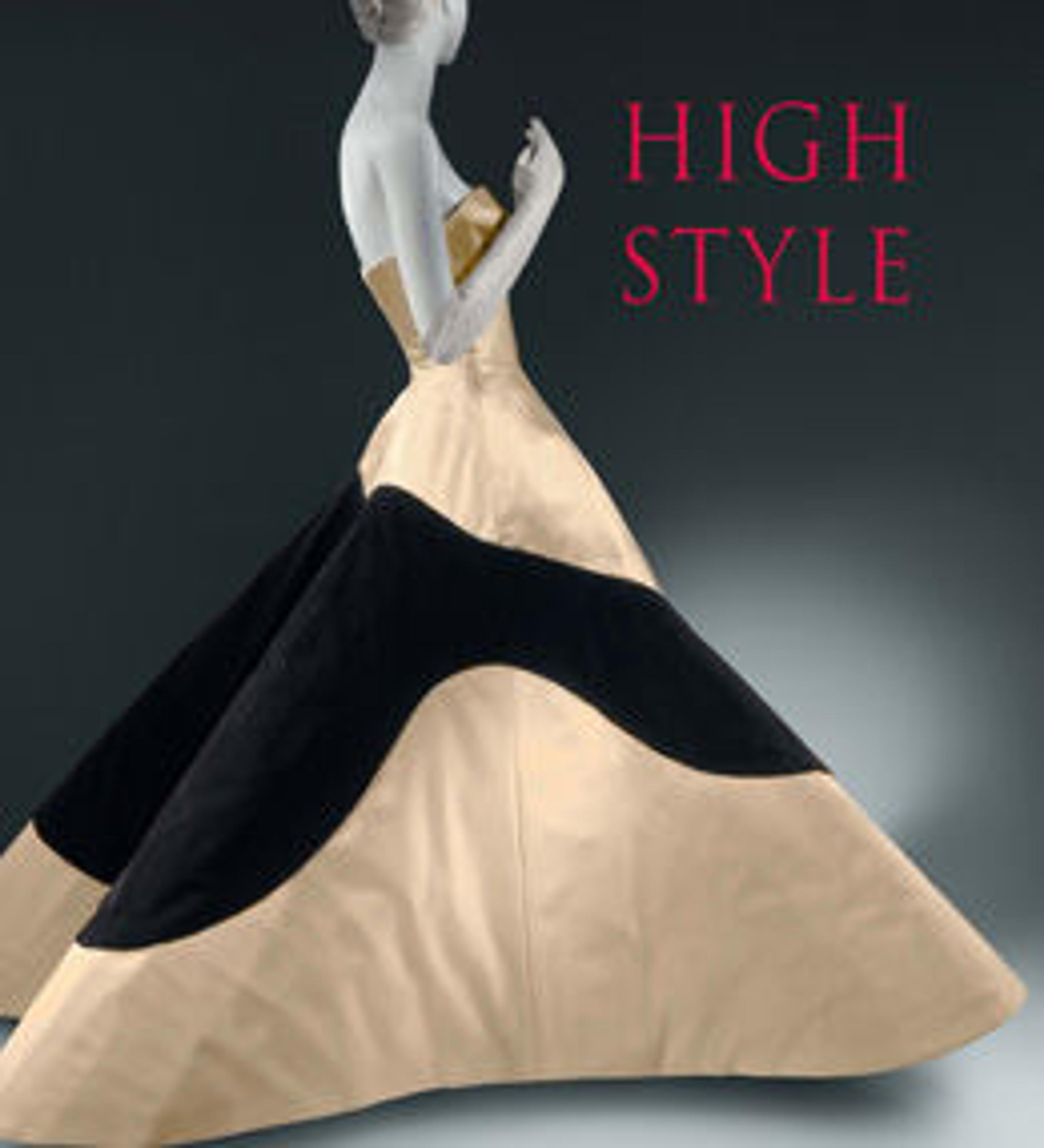Robe de Style
Madeleine Vionnet was a consummate technician, particularly known for her innovative use of the bias cut and the mathematically precise construction of her garments. Minimalist by philosophy, Vionnet's construction details were often executed so as to create decorative effects, obviating the need for any trimming.
This robe de style is from the last part of the designer's career; she retired in 1942. It may have been created by Madame Charmant, her right-hand assistant. Although the robe de style is more indicative of 1910-12 fashion, the combination of a transparent dress and slim slip underskirt puts the dress, with its active visibility of the body, firmly in the 1930s.
This robe de style is from the last part of the designer's career; she retired in 1942. It may have been created by Madame Charmant, her right-hand assistant. Although the robe de style is more indicative of 1910-12 fashion, the combination of a transparent dress and slim slip underskirt puts the dress, with its active visibility of the body, firmly in the 1930s.
Artwork Details
- Title: Robe de Style
- Design House: House of Vionnet (French, active 1912–14; 1918–39)
- Designer: Madeleine Vionnet (French, Chilleurs-aux-Bois 1876–1975 Paris)
- Date: ca. 1939
- Culture: French
- Medium: silk
- Credit Line: Brooklyn Museum Costume Collection at The Metropolitan Museum of Art, Gift of the Brooklyn Museum, 2009; Gift of Mrs. Edward G. Sparrow, 1969
- Object Number: 2009.300.466a–c
- Curatorial Department: The Costume Institute
More Artwork
Research Resources
The Met provides unparalleled resources for research and welcomes an international community of students and scholars. The Met's Open Access API is where creators and researchers can connect to the The Met collection. Open Access data and public domain images are available for unrestricted commercial and noncommercial use without permission or fee.
To request images under copyright and other restrictions, please use this Image Request form.
Feedback
We continue to research and examine historical and cultural context for objects in The Met collection. If you have comments or questions about this object record, please complete and submit this form. The Museum looks forward to receiving your comments.
